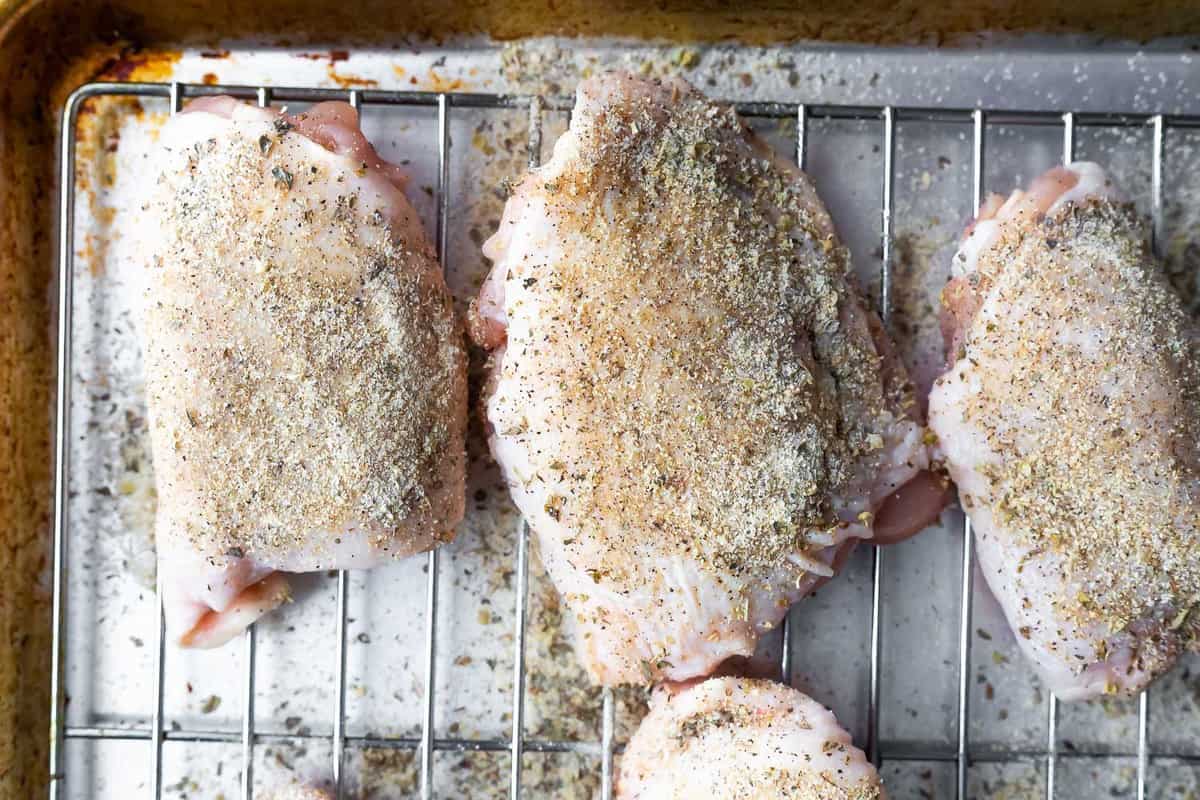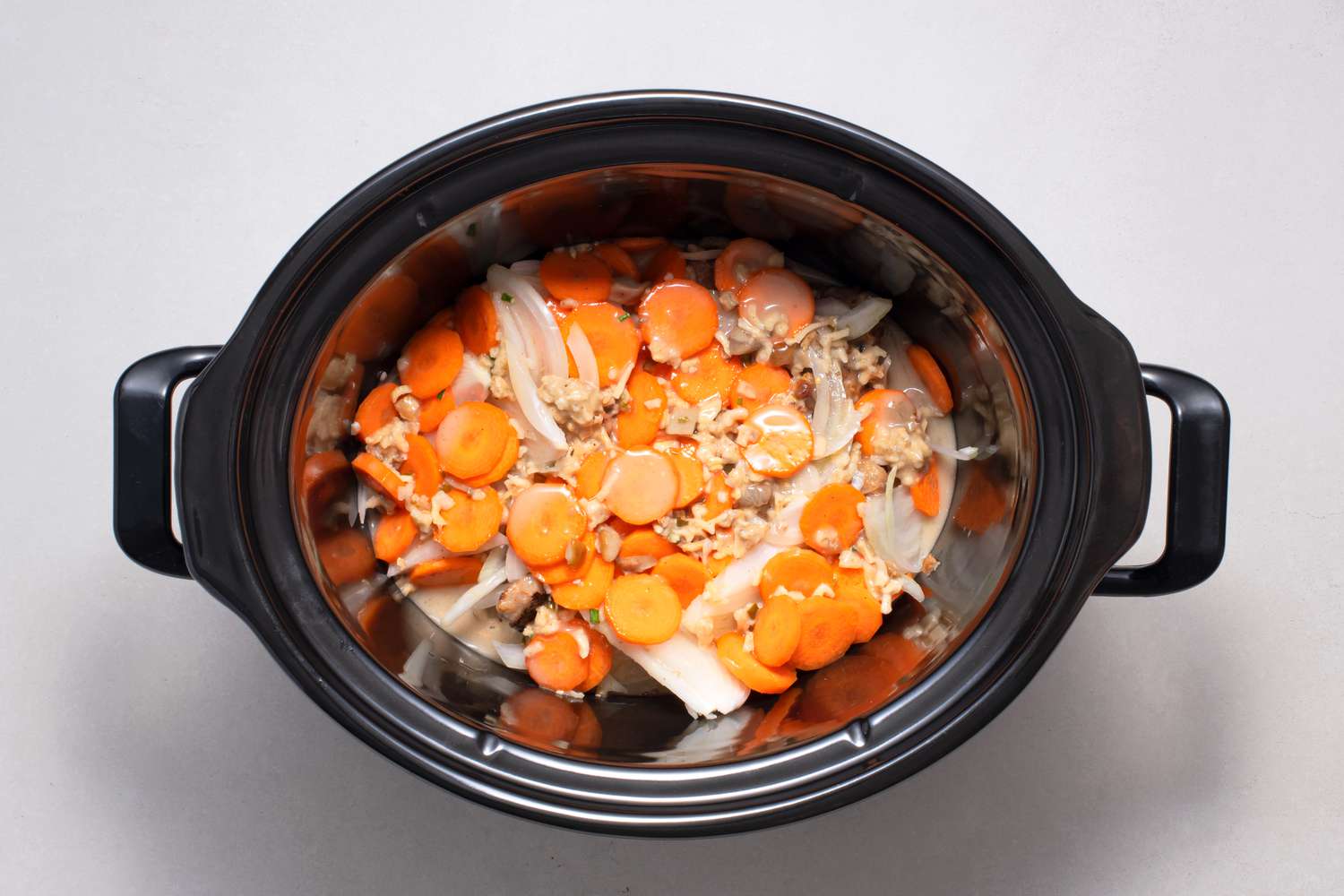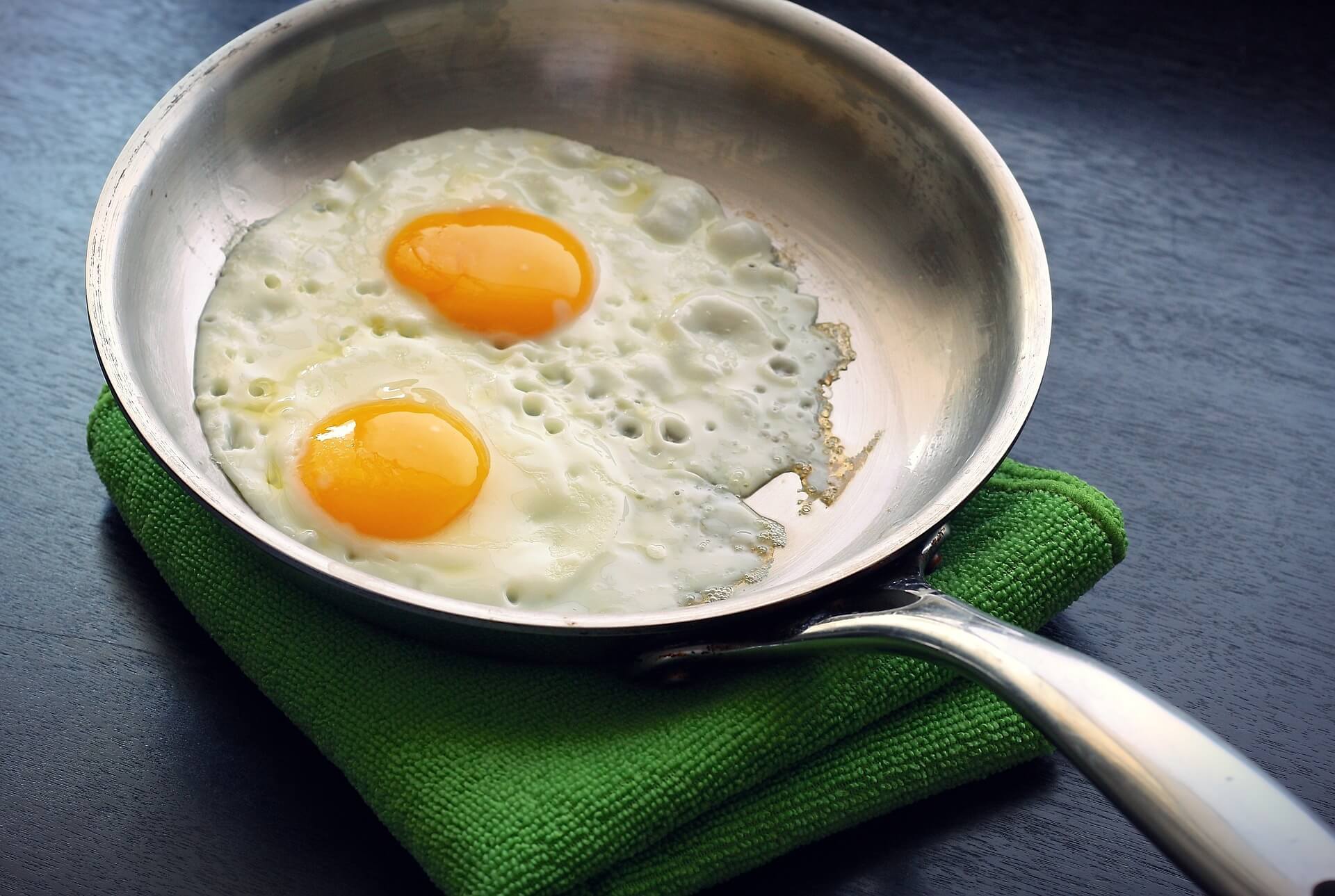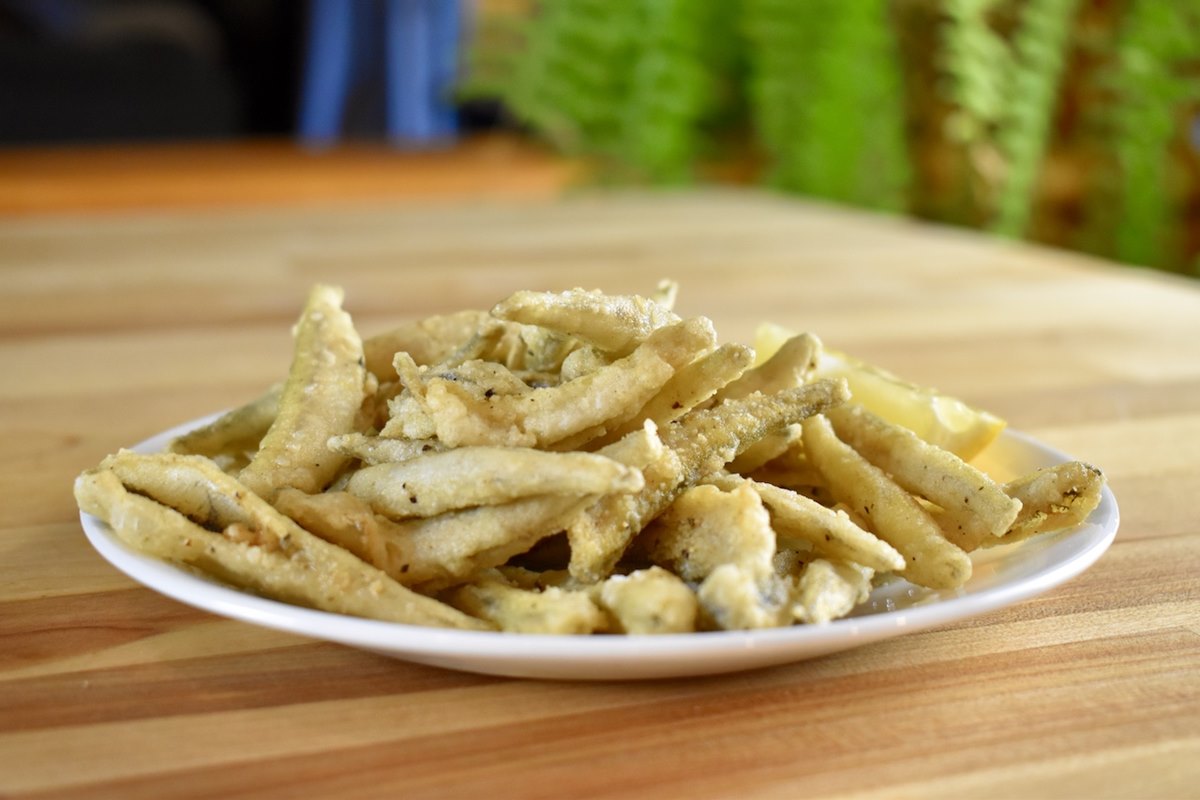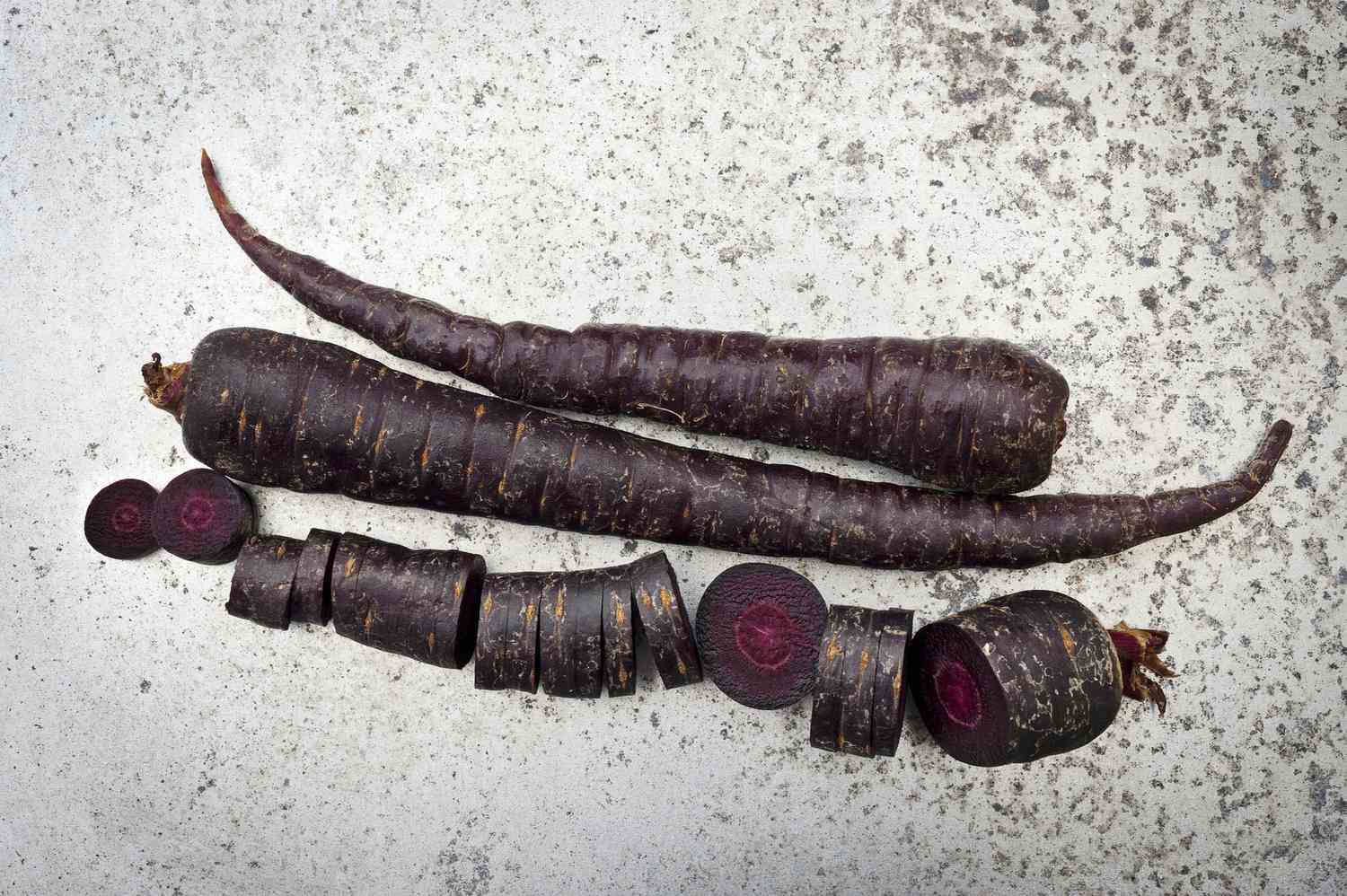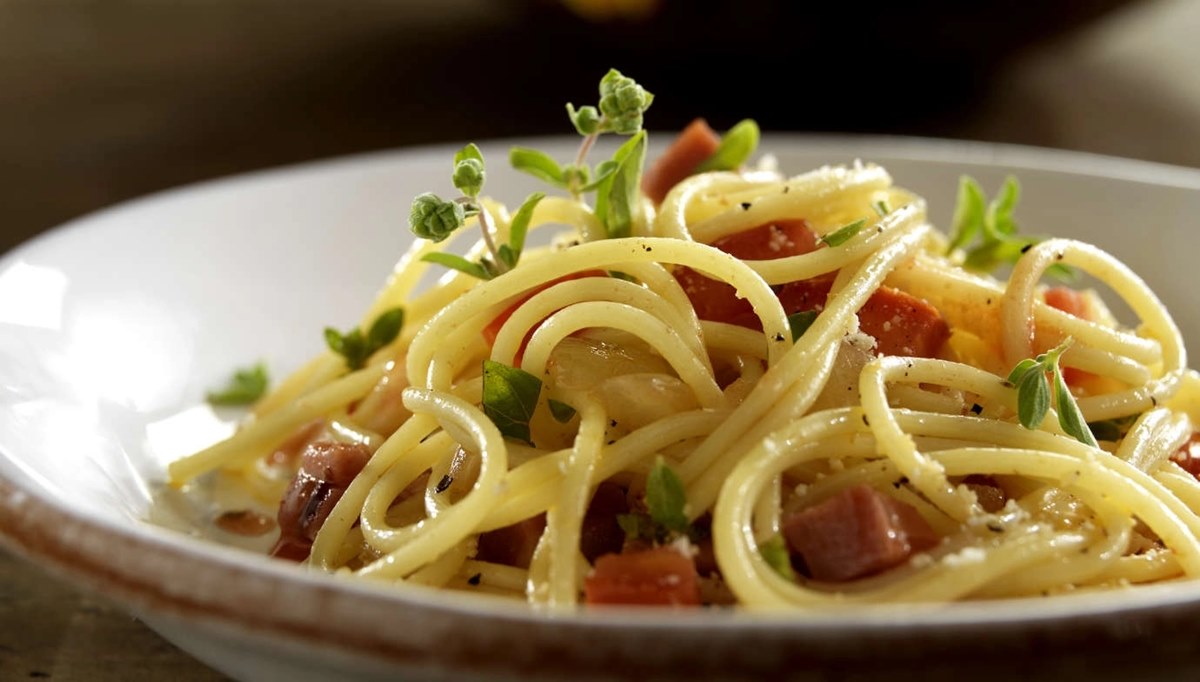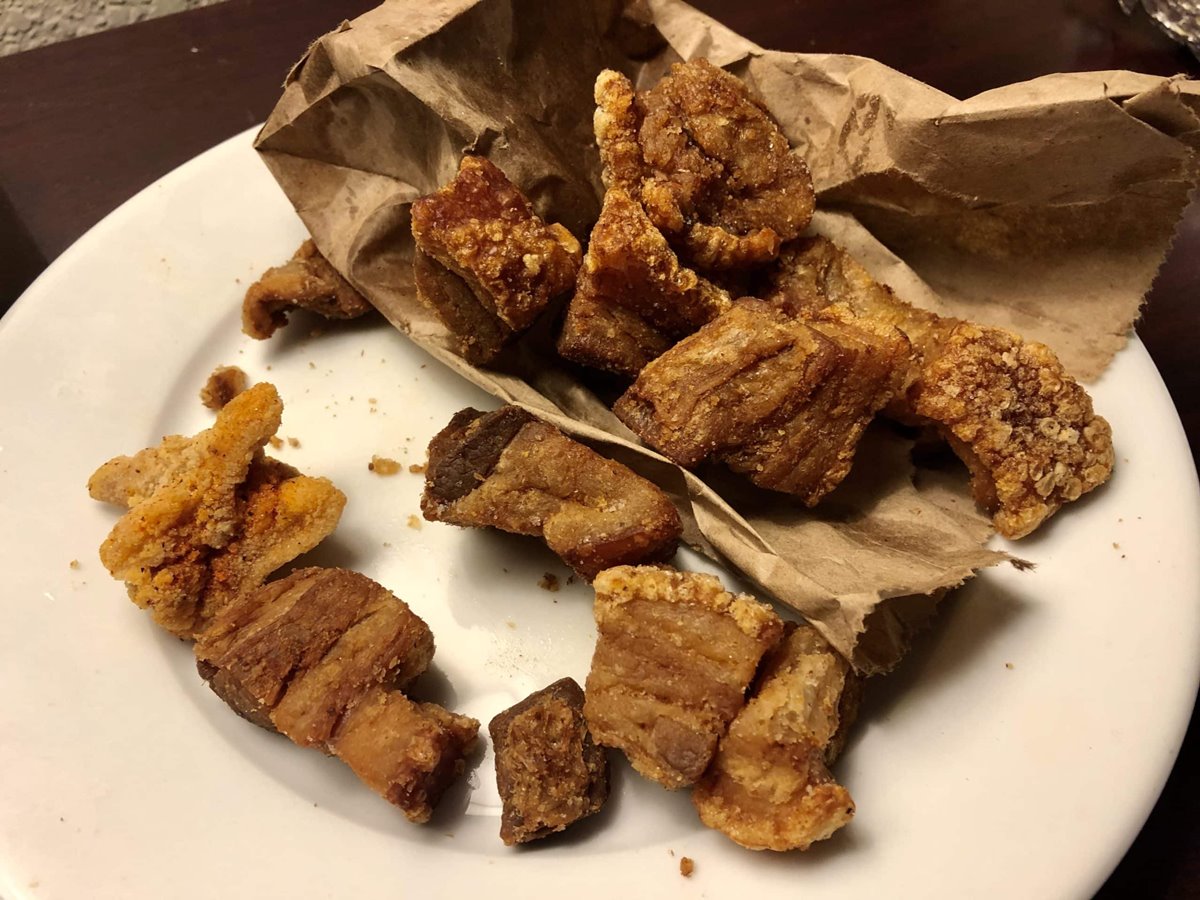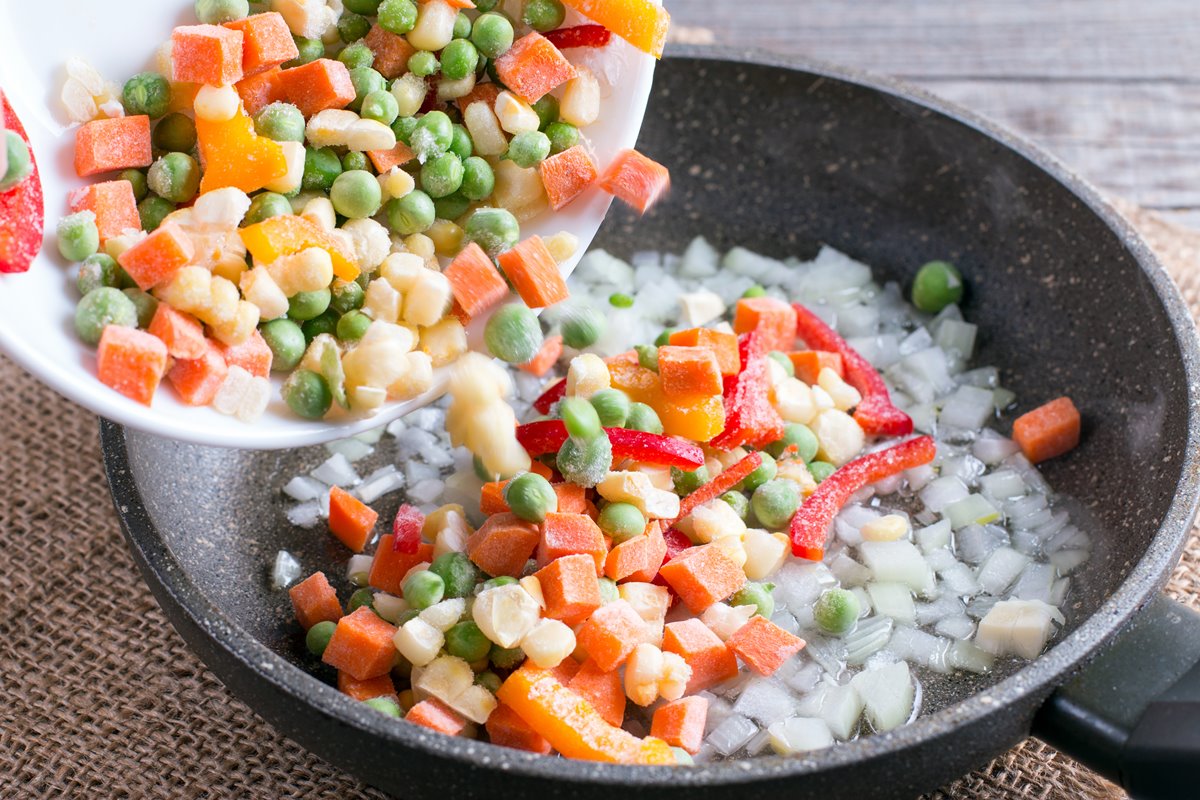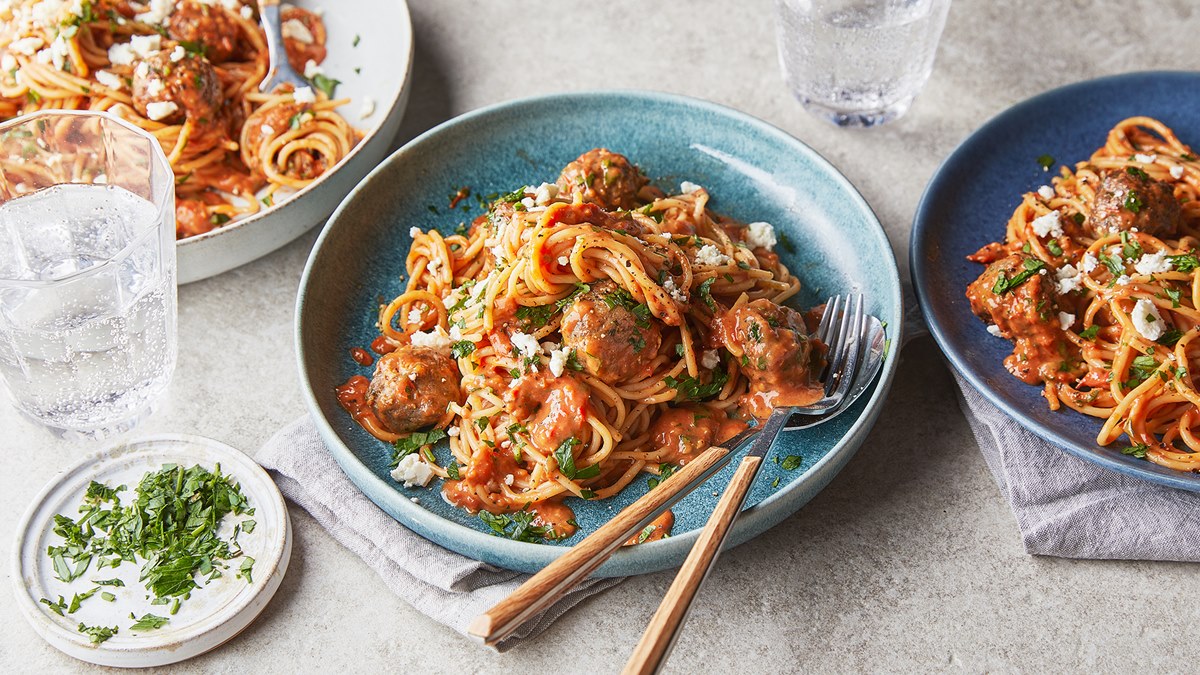Cooking Blue Marlin, a majestic fish known for its firm texture and mildly sweet flavor, offers a culinary adventure worth exploring. Whether grilling, baking, or searing, this versatile seafood can transform into a gourmet dish with just a few tips. Key to success lies in not overcooking; marlin's lean meat requires careful attention to retain its juiciness. Marinating or simply seasoning with salt, pepper, and a squeeze of lemon can elevate its natural taste. Ideal for special occasions or a delightful change in your dinner routine, Blue Marlin promises a delicious journey into the world of seafood cuisine.
Gather Your Ingredients
- Blue Marlin Steak (1 inch thick, about 6-8 ounces per person)
- Olive Oil (2 tablespoons)
- Lemon Juice (from 1 lemon)
- Garlic (2 cloves, minced)
- Soy Sauce (1 tablespoon)
- Salt (to taste)
- Black Pepper (freshly ground, to taste)
- Fresh Herbs (such as parsley or cilantro, for garnish)
Essential Tools for Your Culinary Adventure
- Sharp Chef's Knife
- Cutting Board
- Grill Pan or Outdoor Grill
- Meat Thermometer
- Tongs
- Basting Brush
- Aluminum Foil
- Mixing Bowls
Cooking blue marlin involves marinating for flavor, then grilling or searing over high heat. Keep moisture in by not overcooking; aim for a medium-rare finish to preserve its delicate texture.
The Art of Cooking Blue Marlin
Cooking Blue Marlin offers a unique culinary experience due to its firm texture and mildly sweet flavor. This fish is versatile, making it a favorite among seafood enthusiasts. Preparing Blue Marlin properly ensures a delightful dish that's both nutritious and satisfying, highlighting the importance of technique in bringing out its best qualities.
Understanding how to cook Blue Marlin correctly is crucial for health reasons as well. Overcooking can dry out the fish, losing its delicate flavor and valuable nutrients. Conversely, undercooking poses health risks. Therefore, mastering the cooking process not only enhances taste but also ensures a safe, enjoyable meal.
Your Step-by-Step Culinary Guide
Cooking Blue Marlin: A Step-by-Step Guide
-
Selecting Your Fish: Look for fresh blue marlin steaks, ideally about 1-inch thick. Freshness is key, so ensure it smells like the ocean, not fishy.
-
Preparing the Marlin: Rinse steaks under cold water, pat dry with paper towels. This step is crucial for removing any lingering scales or debris.
-
Marinating: In a bowl, mix olive oil, lemon juice, minced garlic, and your choice of herbs like dill or parsley for flavor. Place marlin steaks in the marinade, ensuring both sides are well-coated. Cover and refrigerate for at least 1 hour. Marinating adds depth to the flavor.
-
Preheating Your Grill: Heat your grill to a medium-high temperature. A properly heated grill prevents sticking and ensures a well-seared exterior.
-
Grilling the Marlin: Remove marlin from the marinade, letting excess drip off. Place on the grill. Cook for 4-5 minutes on each side. The goal is to achieve a slightly charred outside while keeping the inside moist.
-
Checking for Doneness: Insert a fork into the thickest part of the steak. If it flakes easily but remains slightly pink in the center, it's done. Overcooking can dry out the fish.
-
Resting: Once cooked, transfer the steaks to a plate. Let them rest for a few minutes. Resting allows juices to redistribute, making the fish more flavorful.
-
Serving: Serve your grilled blue marlin with sides like grilled vegetables or a fresh salad. A squeeze of lemon juice right before serving enhances the fish's natural flavors.
Remember, cooking times may vary based on the thickness of your steaks and the type of grill used. Always keep a close eye on the fish while grilling to prevent overcooking.
Mastering the Art of Blue Marlin Cuisine
Cooking blue marlin doesn't have to be intimidating. With the right techniques, this luxurious fish can transform your dinner table into a gourmet experience. Remember, simplicity is key. Start with fresh, high-quality marlin, season it lightly to enhance its natural flavors, and choose a cooking method that suits your taste and skill level. Whether you're grilling, baking, or pan-searing, keeping an eye on the cooking time ensures a moist, flavorful result. Don't forget to rest the fish before serving to redistribute the juices. Pair it with complementary sides like roasted vegetables or a light salad for a balanced meal. Embracing these tips will elevate your culinary skills and impress your guests with the delicate taste of blue marlin. So, go ahead, give it a try and enjoy the delicious rewards of your kitchen adventures.
All Your Questions Answered
How do I select the best blue marlin for cooking?
Look for blue marlin steaks or fillets that are bright in color, without any brown spots or unpleasant smells. Freshness is key, so if it smells like the ocean, you're on the right track. Also, touch it – the flesh should be firm, not mushy.
What's the ideal way to cook blue marlin?
Grilling or searing are top methods for cooking blue marlin. These techniques help to lock in the flavor and create a delicious crust on the outside while keeping the inside moist and tender. Just remember, blue marlin is best enjoyed when it's cooked medium-rare to medium.
Can I marinate blue marlin, and if so, what should I use?
Absolutely, marinating can add a lot of flavors. A simple mix of olive oil, lemon juice, garlic, and herbs works wonders. Let your blue marlin soak in these flavors for at least an hour, but not too long, as acidic ingredients can start "cooking" the fish.
Is there a risk of overcooking blue marlin?
Yes, and it's something to watch out for. Blue marlin dries out and becomes tough if overcooked. Keep an eye on the cooking time and use a meat thermometer to ensure it doesn't go above 145°F in the thickest part.
What side dishes pair well with blue marlin?
Light and fresh sides complement blue marlin perfectly. Think grilled vegetables, a crisp salad, or a citrusy quinoa salad. These sides won't overpower the fish's flavor but will enhance the overall meal.
How can I tell when the blue marlin is perfectly cooked?
The fish should flake easily with a fork but still hold together well. It'll have a slight translucency in the middle if it's medium-rare. If you're aiming for medium, look for an opaque color throughout, but it should still be moist.
Any tips for grilling blue marlin to perfection?
Preheat your grill to a high temperature before adding your fish. Oil the grill grates well to prevent sticking. Grill each side for about 3 to 4 minutes. Don't flip the fish too often – once is enough. Let it rest for a few minutes before serving to let the juices redistribute.
Was this page helpful?
Read Next: How To Cook Pork Tenderloin In Dutch Oven
